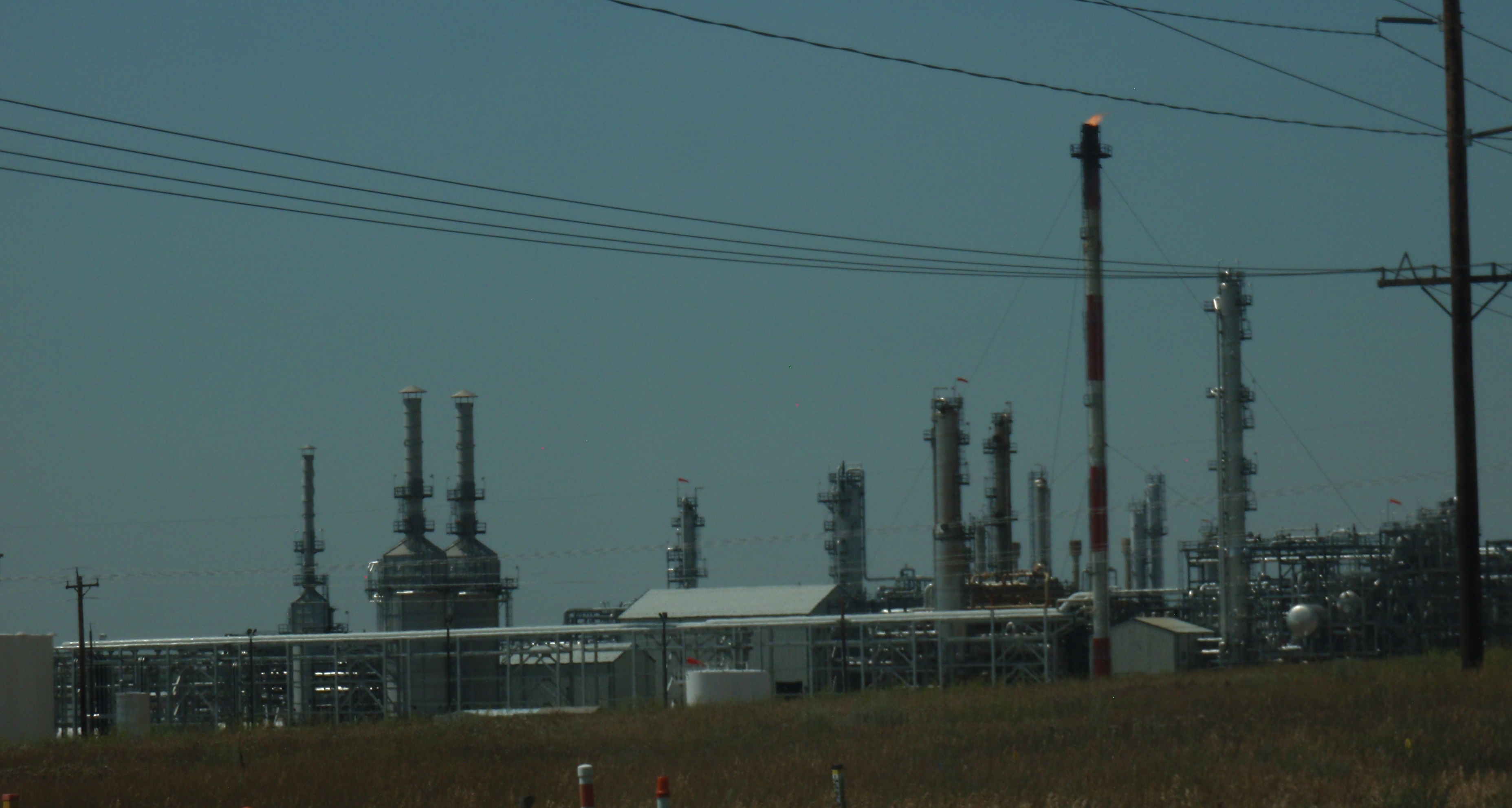
Interesting articles of late:
- 1M bopd is ‘new normal’ for North Dakota.
- Number of fracking crews in North Dakota and typical staffing size for a crew.
- Cleanup of large leak near Tioga is nearing completion, with planting possible in the spring.
- Wells fracked early in the boom might be re-fracked for large increase in total production.
9/18/17 – Williston Herald – Million barrels a day is the “new normal” for North Dakota – Graph of production of the last 12 months shows from 29 to 32 million barrels a month, which is around 1 million a day.
In a webinar, Lynn Helms, director of the Department of Mineral Resources said with oil prices, rig count, and number of fracked crews at the current stable level, the production will remain at 1 million a day. He calls it a “soft landing”.
He said production is somewhere in the range of 5% or 6% above the level built into the state revenue forecast. Prices are about 9% below what is built into the budget.
He indicated the consensus is that if the price of West Texas Intermediate goes above $50 there will be increased activity in drilling and completion.
Article provides insight on hydraulic fracturing. There are currently enough crews in place to keep up with the wells drilled by the current count of 56 rigs. Mr. Helms thinks if prices are in the $50-$60 range there will be six more fracking crews put in the field to supplement the 25 currently in place. That will reduce the fracklog.
A fracking crew has somewhere between 45 and 65 staff.
A recap:
- 25 – number fracking crews currently in place
- 6 – increase in fracking crews if prices move into and stay in the $50-$60 range
staffing for fracking crews:
- 1,125 – 1,625 – number of employees currently employed to run 25 fracking crews
- 270 – 390 – additional staff needed for another six fracking crews
Mr. Helms indicates staffing is becoming an issue. Many of the industry’s skilled and experienced workers are working in Permian or Anadarko basins or Oklahoma.
Many of the new staff in North Dakota are from Africa which creates language issues, particularly increasing the risks when dealing with emergency instructions. He indicated there is discussion of whether a state language training program would be helpful for the influx of immigrants in order to improve safety.
9/15/17 – Associated Press at The Southern Illinoisan – 4 years later, clean up near an end for big North Dakota spill – Cleanup of land damaged by a 20,000 barrel leak from a pipeline near Tioga, North Dakota is nearing completion. Article says the land can be replanted next spring.
It has been four years now since the September 2013 leak.
Article says that federal regulators say a lightning strike is the cause for a rupture in the pipeline.
The very first estimate of cleanup costs was $4M with two years to do the work. Article says the company’s current estimate of cleanup costs stand at $73M. Cleanup time is currently just over four years.
A few previous articles:
- 11/11/13 – Pipeline leak near Tioga, North Dakota
- 10/14/15 – A few more news articles from Bakken – Company reported cumulative costs were then at $42M.
6/11/17 – Amy Dalrymple at Bismarck Tribune – New technology could recover more oil from early Bakken wells – Fracking technology has improved dramatically since back in the early days of the boom, the 2008 through 2010 timeframe. Drillers are experimenting with refracking early wells to increase production. Early indications from over 140 refrack sites are that wells can see an increase of 200k or 250k in ultimate recovery.